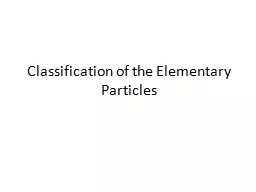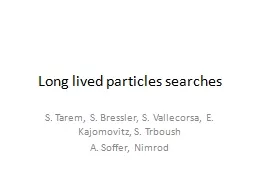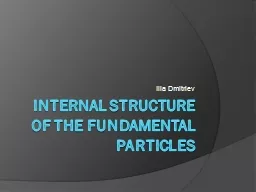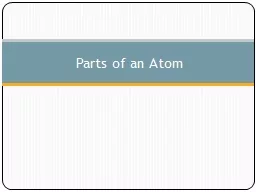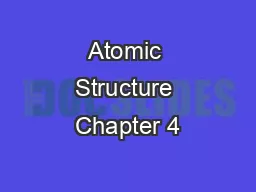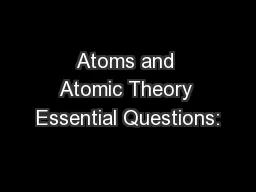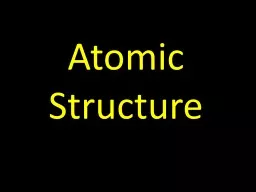PPT-APEMAN – Determining # of Subatomic Particles
Author : tatyana-admore | Published Date : 2018-11-05
Ms Millimet August 15 2013 Walk in classroom silently Pick up papers that you need from side table then walk to your seat Keep walking forward do not turn around
Presentation Embed Code
Download Presentation
Download Presentation The PPT/PDF document "APEMAN – Determining # of Subatomic Pa..." is the property of its rightful owner. Permission is granted to download and print the materials on this website for personal, non-commercial use only, and to display it on your personal computer provided you do not modify the materials and that you retain all copyright notices contained in the materials. By downloading content from our website, you accept the terms of this agreement.
APEMAN – Determining # of Subatomic Particles: Transcript
Download Rules Of Document
"APEMAN – Determining # of Subatomic Particles"The content belongs to its owner. You may download and print it for personal use, without modification, and keep all copyright notices. By downloading, you agree to these terms.
Related Documents


